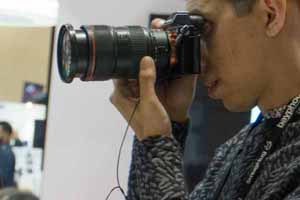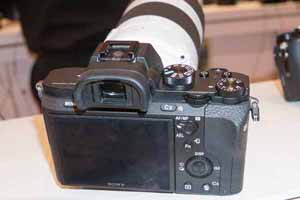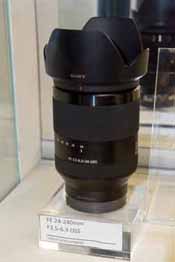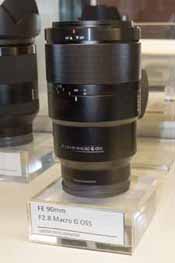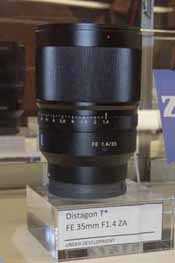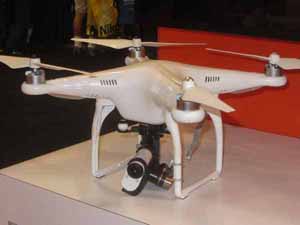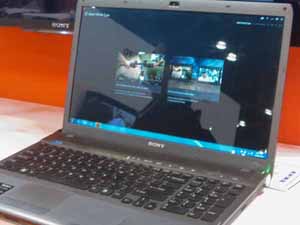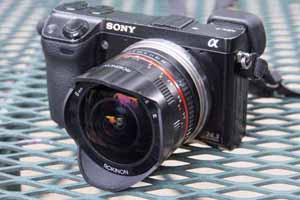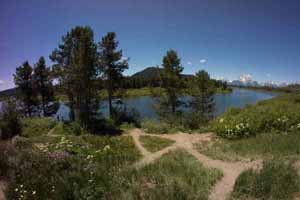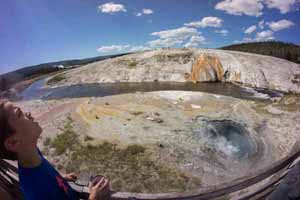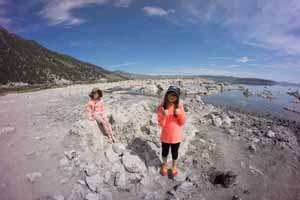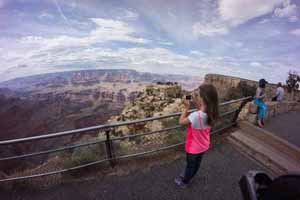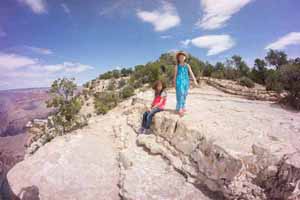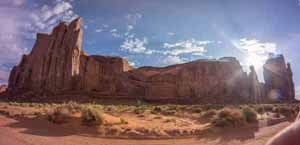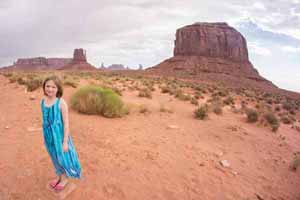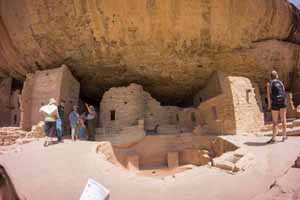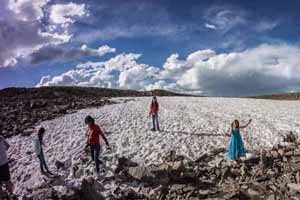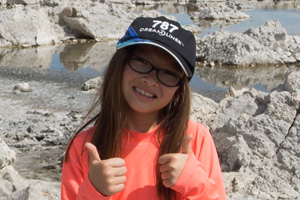Online Magazine
Recent Posts
- Safeguard your Cellphone Photos
- Black & White to Color – Instantly
- Wearing Many Hats
- Video Roundup
- Rescuing Your Blurry Pictures
- Showing Their Age
- What is Your Angle?
- Panorama Photos
- Humorous Photos
- Close Ups
- Fisheye Pictures
- Photo Antiquities
- Printing Big
- Appreciating Scale
- Celebrity Sightings
Tags
More Places to Go
- Free "How-To" Books “How To” books for popular cameras 0
- Vist Us on Facebook keep in touch with us on Facebook 2
Archives
- July 2023 (1)
- March 2023 (2)
- February 2023 (1)
- December 2022 (1)
- October 2022 (1)
- September 2022 (8)
- August 2022 (9)
- July 2022 (1)
- June 2022 (1)
- June 2021 (1)
- May 2021 (1)
- March 2021 (5)
- February 2021 (4)
- January 2021 (2)
- April 2019 (1)
- March 2019 (1)
- February 2019 (1)
- October 2018 (2)
- April 2018 (1)
- March 2018 (4)
- February 2018 (1)
- November 2017 (1)
- August 2017 (1)
- June 2017 (1)
- April 2017 (1)
- March 2017 (5)
- February 2017 (2)
- January 2017 (1)
- October 2016 (1)
- September 2016 (1)
- August 2016 (1)
- July 2016 (1)
- May 2016 (1)
- April 2016 (1)
- March 2016 (2)
- February 2016 (1)
- January 2016 (2)
- December 2015 (1)
- November 2015 (1)
- October 2015 (3)
- April 2015 (1)
- March 2015 (5)
- February 2015 (1)
- January 2015 (4)
- December 2014 (2)
- November 2014 (5)
- October 2014 (2)
- September 2014 (1)
- August 2014 (2)
- July 2014 (1)
- May 2014 (1)
- April 2014 (5)
- March 2014 (5)
- December 2013 (2)
- November 2013 (18)
- October 2013 (1)
- September 2013 (1)
- August 2013 (1)
- July 2013 (1)
- June 2013 (3)
- May 2013 (1)
- April 2013 (2)
- March 2013 (1)
- February 2013 (1)
- January 2013 (1)
- December 2012 (1)
- November 2012 (2)
- October 2012 (2)
- September 2012 (5)
- August 2012 (2)
- July 2012 (1)
- June 2012 (1)
- May 2012 (1)
- April 2012 (4)
- March 2012 (1)
- February 2012 (1)
- January 2012 (3)
- December 2011 (1)
- November 2011 (3)
- October 2011 (1)
- September 2011 (2)
- August 2011 (2)
- June 2011 (3)
- May 2011 (4)
- April 2011 (8)
- March 2011 (8)
- February 2011 (10)
- January 2011 (6)
- December 2010 (11)
- November 2010 (14)
- October 2010 (6)
- September 2010 (12)
- August 2010 (2)
- July 2010 (4)
- June 2010 (3)
- May 2010 (1)
- April 2010 (1)
- March 2010 (2)
- February 2010 (1)
- January 2010 (1)
- December 2009 (1)
- November 2009 (2)
- October 2009 (2)
- September 2009 (1)
- August 2009 (3)
- July 2009 (2)
- June 2009 (1)
- May 2009 (2)
- April 2009 (1)
- March 2009 (2)
- February 2009 (1)
- January 2009 (3)
Sony A7 II
22nd March 2015
New Full Frame Mirrorless
I’ve been using several of Sony’s mirrorless cameras for three years or so. The three models that I regularly use are the NEX5, NEX7 and A6000 each with an APS-C size sensor. All three are compact and lightweight. Both the NEX7 and A6000 have viewfinders – a necessary feature that I expect in an advanced camera.
The A6000 has been my “go-to” camera for the past year. The quality of the images match up to those from the Canon 7D and Nikon D90 but with the added convenience of a noticeably smaller piece of hardware.
With this previous experience with mirrorless equipment, I went to the Sony booth at the Wedding & Portrait Photographers International Expo to have a look at the new full-frame Alpha 7 II.
The A7II has a full size 24MP sensor in a body that weighs a mere 21 ounces. This compares to the Canon 5D MkIII at 33 ounces or the Nikon D800 at 35 ounces. The physical size of these three cameras are (W x H x D) A7II is 5″ x 3-7/8″ x 2-3/8″ Canon 5D MkIII 6″ x 4.6″ x 3″ Nikon D800 5.7″ x 4.8″ x 3.2″
The A7II shares many of the same features of the A6000 including sweep panorama shooting mode, built in HDR, on board wifi connectivity, electronic viewfinder displays real time adjustments and tilting LCD screen. Unfortunately the A7II does not have a built-in flash as does the A6000. However the A7II records 4K video, sports fast “hybrid” autofocus and 5-axis image stabilization and 5fps still capture.
As far as lenses are concerned, Sony’s mirrorless versions (designated as FE-mount) do not share the same size and weight savings as the A7II body. But given that the body is about a pound less and considerably smaller in size, I felt that the weight savings would be a definite advantage for the type of shooting that I do in the field.
Sony also announced the release of these three lenses for full frame mirrorless:
The Sony rep also mentioned an upcoming 28mm f/2 lens that will also accept a 16mm fisheye converter and a 21mm ultra wide angle converter.
The suggested price is $2000 and is available about May 1st. For more information about the A7II, please visit Sony.
The bottom line – if you’re looking for a camera that provides the high resolution that only the mid-size format were able to deliver, the Canon 5DS (and 5DSR) has now lowered the entry price by thousands of dollars.
Written by Arnie Lee
PhotoPlus Expo 2014 – Sony ActionCam
21st November 2014
For Movies on the Move
For several years now, GoPro has demonstrated the overwhelming popularity of action videos. They have built an empire of a business around its brand.
There are a whole host of accessories for the Action Cam system including various camera mounts and straps for bicycling, surfing, boating, diving, snow sports and skateboarding.
List price for AS100V is $279 and for the AZ1 is $249. For more information, see the Sony ActionCam webpage.
Written by: Arnie Lee
What a View
27th August 2014
Wide Angle to the Extreme
It’s eye-catching when I see a photo that “bends” the horizon.
This bend comes from the camera’s lens. Use a very wide angle lens and you’ll see the curved “barrel” distortion on the images. One well-known type of wide angle lenses is the fisheye. These lenses typically have a field of view approaching 180 degrees – allowing you to capture the entire scene in front of the camera.
Until recently, fisheye lenses were expensive. I have one that cost well over $1500. But when I was looking for an ultra-wide angle for my Sony equipment, I found an inexpensive lens made by Rokinon. With its $300 price tag, I was a little skeptical of the quality of images from such a low cost lens but decided to try it regardless.
Here’s a short gallery of some of the scenes that I captured during my first outing with the lens a few weeks ago.
After my short time with this lens, I am no longer skeptical of it’s quality. The images are tack sharp with very good color reproduction. If you’re on the lookout for an ultra-wide, include this lens in your search.
The Rokinon 8mm f/2.8 fisheye is also available for other camera models as well: Fuji, Samsung and Canon M mount. Other similar versions with a maximum f/3.5 aperture are available for Canon, Nikon, Sony A mount, Pentax and Olympus 4/3.
Written by: Arnie Lee
